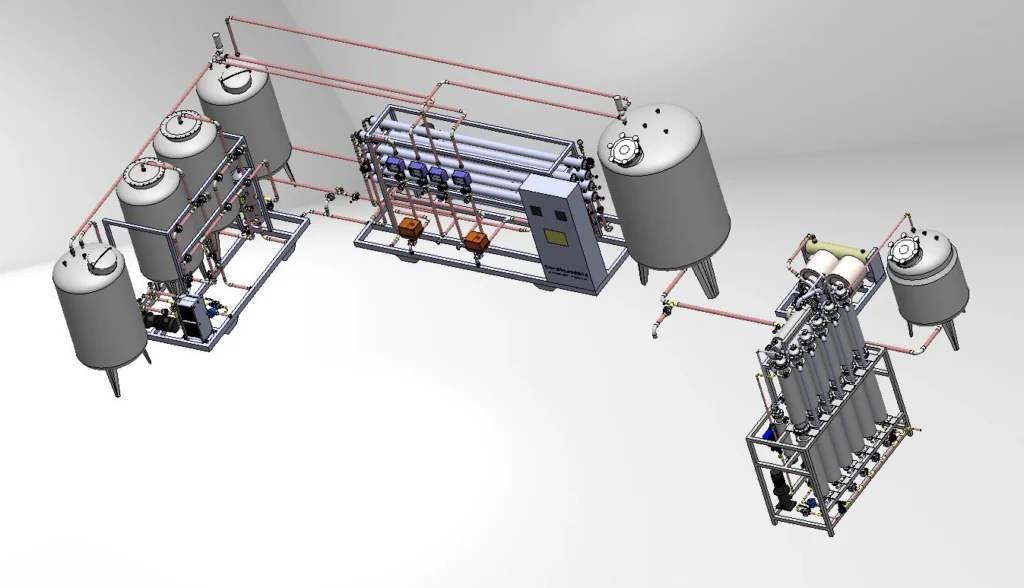
Water treatment and distribution is the process of making water potable and delivering it to consumers. It involves a number of steps, including:
- Water intake: Water is taken from a source, such as a lake or river.
- Screening: The water is screened to remove large debris, such as leaves and sticks.
- Coagulation and flocculation: Chemicals are added to the water to cause small particles to clump together.
- Sedimentation: The clumps of particles settle to the bottom of the tank and are removed.
- Filtration: The water is passed through a filter to remove any remaining particles.
- Disinfection: Chemicals are added to the water to kill any harmful bacteria or viruses.
- Storage: The water is stored in a tank before it is distributed to consumers.
- Distribution: The water is pumped through a network of pipes to homes and businesses.
Water treatment and distribution is essential for public health. It ensures that people have access to clean water to drink, cook with, and bathe in.
Here are some of the latest trends in water treatment and distribution:
- Membrane filtration: Membrane filtration is a new technology that is being used to remove pollutants from water. Membrane filtration can remove a wide range of pollutants, including bacteria, viruses, and heavy metals.
- Advanced oxidation processes (AOPs): AOPs are a group of processes that use chemicals to generate free radicals. Free radicals are highly reactive molecules that can destroy pollutants in water.
- Smart water grids: Smart water grids use sensors and information technology to monitor and control water distribution networks. Smart water grids can help to improve water quality, reduce water losses, and improve water security.
Water treatment and distribution is a rapidly evolving field. New technologies and applications are being developed all the time. Water treatment and distribution is playing an increasingly important role in protecting public health and ensuring that people have access to clean water.
